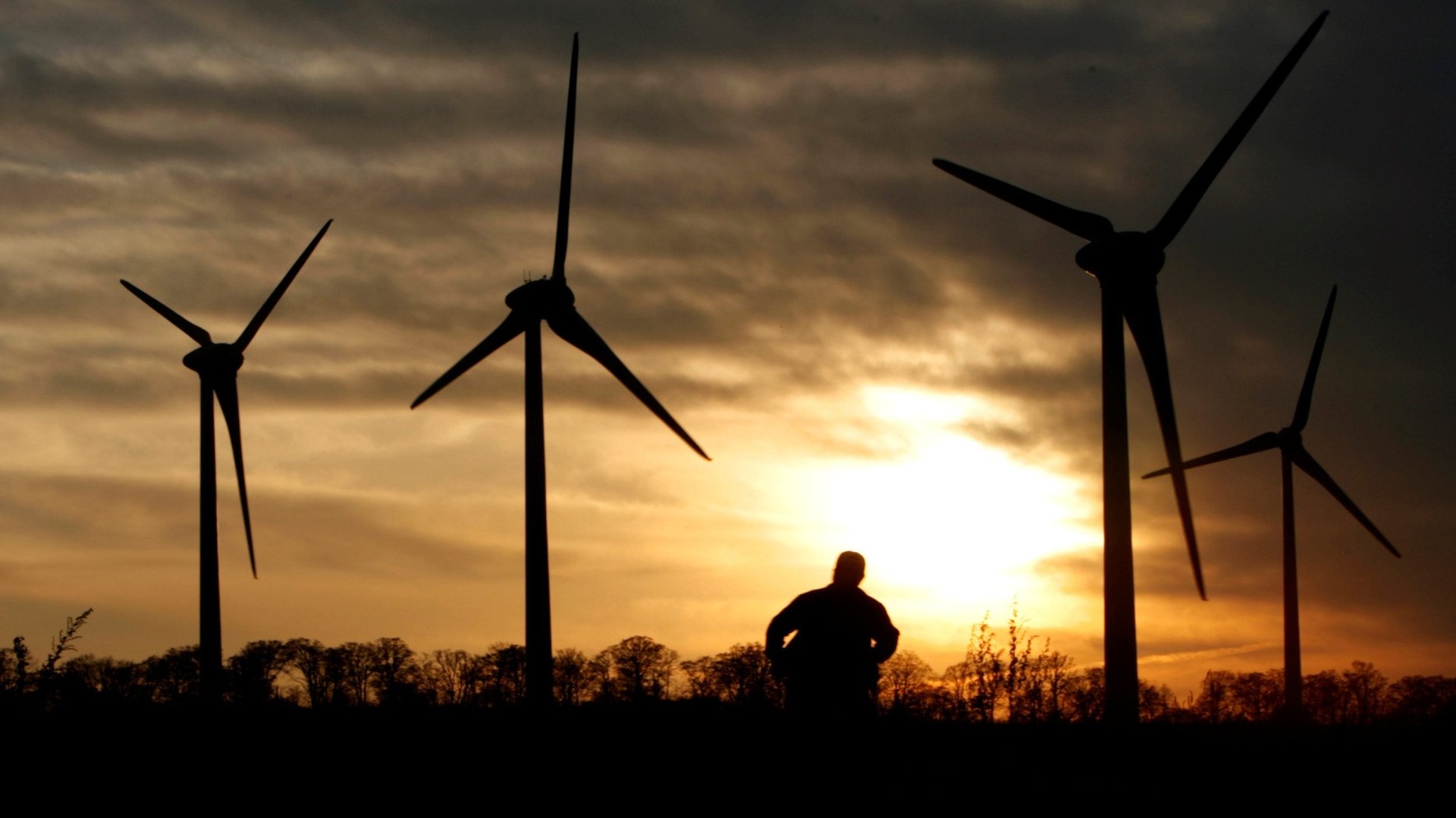Experts are terrible at predicting the falling cost of clean energy
Climate scientists are now basing their forecasts for the future on a carefully crafted set of possible socioeconomic scenarios, each with a different outlook for greenhouse gas emissions. We saw this for the first time in the Intergovernmental Panel on Climate Change (IPCC) report, issued on Aug. 9. One key factor in these scenarios is the cost of clean energy technology; the higher the cost, the longer the economy-wide shift away from fossil fuels will likely take.


Climate scientists are now basing their forecasts for the future on a carefully crafted set of possible socioeconomic scenarios, each with a different outlook for greenhouse gas emissions. We saw this for the first time in the Intergovernmental Panel on Climate Change (IPCC) report, issued on Aug. 9. One key factor in these scenarios is the cost of clean energy technology; the higher the cost, the longer the economy-wide shift away from fossil fuels will likely take.
But a growing body of research is finding that the cost of clean energy is falling much faster than forecasts by experts, and the extrapolation of past cost curves, suggest.
“We often find it hard to imagine futures that are very different from the past, but if we can make more accurate cost curves for low-carbon development, we get a better handle on the price of tackling climate change, and can compare that to the massive benefits of doing it,” says Ajay Gambhir, a senior researcher at the Imperial College London Grantham Institute for Climate Change and the Environment. Gambhir was the lead author on a preprint paper, published Aug. 18, on how to improve clean energy cost forecasts.
Gambhir compared a variety of forecasts about the cost of offshore wind from 2014 to the observed global average change since then, and found that the cost fell much faster than any of them predicted. Gambhir’s report mirrors the conclusions of a separate paper, published July 6 by researchers at University College London and the University of Oxford, that found a similar pattern for solar and onshore wind.
The cost of renewables is falling rapidly, but may bottom out soon
A decade ago, solar and wind were among the most expensive forms of energy production. Today, thanks to technology improvements and economies of scale, they are among the cheapest in most markets. Experts have routinely underestimated those gains, Gambhir says, in spite of evidence that clean energy technologies follow the principle of Wright’s Law and decrease exponentially in cost as the number of units produced increases.
“There’s a trend extrapolation bias,” Gambhir said. “Experts risk getting laughed out of the room if they say the cost of something will drop 80% in the next 10 years, even though we’ve seen it with solar.”
Still, that trend may not be permanent, as solar and wind producers begin to run up against constraints in the supply of key materials. After years of falling, solar prices inched up in the beginning of 2021 thanks to the skyrocketing cost of polysilicon.
“There could be floors these prices smash into on their way down,” Gambhir said.
In any case, price is only one factor in the pace of the energy transition. So far, the sticky politics of climate change and opposition to change from entrenched legacy energy companies have meant that while cost curves may exceed expert forecasts, rates of renewable energy adoption have lagged behind.
Still, Gambhir says, the evidence suggests that price shouldn’t be an excuse to hold back on policies and regulations that encourage electric utilities and major power consumers to shift to renewables.
“We are going to get better at innovation,” he says. “That takes away the final argument of those who don’t want to decarbonize because they think it’s too expensive.”